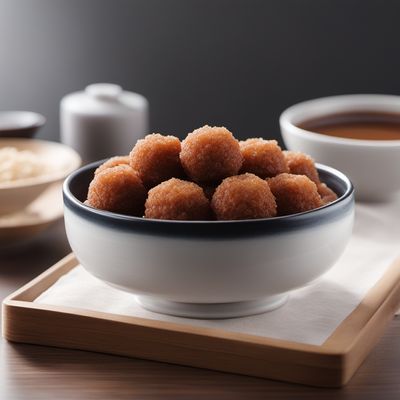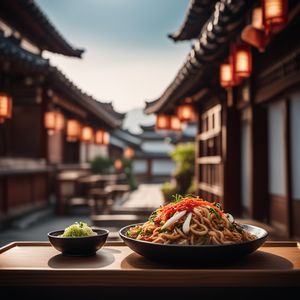
Dish
Gyeongdan
Gyeongdan are made by mixing glutinous rice flour with water to form a dough. The dough is then divided into small pieces and filled with sweet bean paste. The filled dough is rolled into a ball and coated in sesame seeds or bean powder. Gyeongdan have a chewy texture and a sweet, nutty flavor. They are often served with tea or as a dessert after a meal.
Origins and history
Gyeongdan have been a popular Korean snack for centuries. They are often served during traditional holidays and celebrations.
Dietary considerations
Gyeongdan are gluten-free and vegan, making them a great option for those with dietary restrictions. However, they do contain sugar and are not suitable for those with a sugar-free diet.
Variations
Gyeongdan can be made with a variety of fillings, such as red bean paste, black sesame paste, or peanut butter. They can also be coated in a variety of powders, such as green tea powder or cocoa powder.
Presentation and garnishing
Gyeongdan are often presented in a small dish or on a plate. They can be garnished with a sprinkle of sesame seeds or a drizzle of honey. To prevent the dough from sticking to your hands, lightly coat them with oil before shaping the gyeongdan. It's also important to not overfill the dough, as it can cause the gyeongdan to burst during cooking.
Tips & Tricks
When making gyeongdan, it's important to use glutinous rice flour specifically made for making rice cakes. Regular rice flour will not produce the same chewy texture. Additionally, if you don't have sweet bean paste, you can substitute it with other sweet fillings, such as sweet potato or chestnut paste.
Side-dishes
Gyeongdan are often served as a dessert or snack and do not typically have side dishes. They can be enjoyed with a cup of tea or as a sweet treat throughout the day.
Drink pairings
Gyeongdan are often served with tea, such as green tea or barley tea. They can also be enjoyed with a glass of milk or a sweet dessert wine.
Delicious Gyeongdan recipes
More dishes from this category... Browse all »

Aamras
Indian cuisine
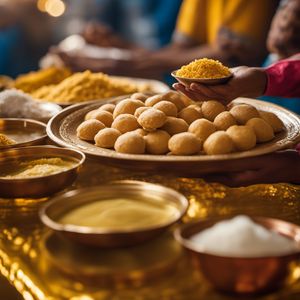
Aasmi
Indian cuisine
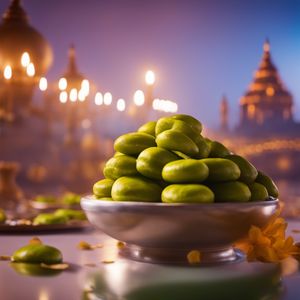
Agra petha
Indian cuisine

Aiyùbīng
Taiwanese cuisine

Ajdnek
Slovenian cuisine
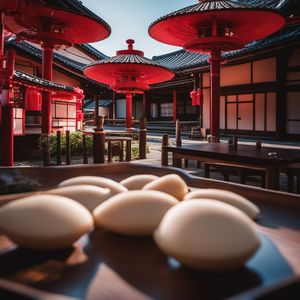
Akafuku
Japanese cuisine

Akanés
Greek cuisine

Akumaki
Japanese cuisine
